Petroleum Products And Gas Processing.
PETRO-ALT LIMITED LIABILITY COMPANY pays special attention to the operating activity in the field of gas production and transportation, its processing volume growth and electricity generation increase at the Company’s own power plants. The most advanced equipment is used to ensure maximum performance of associated petroleum gas use in all fields.
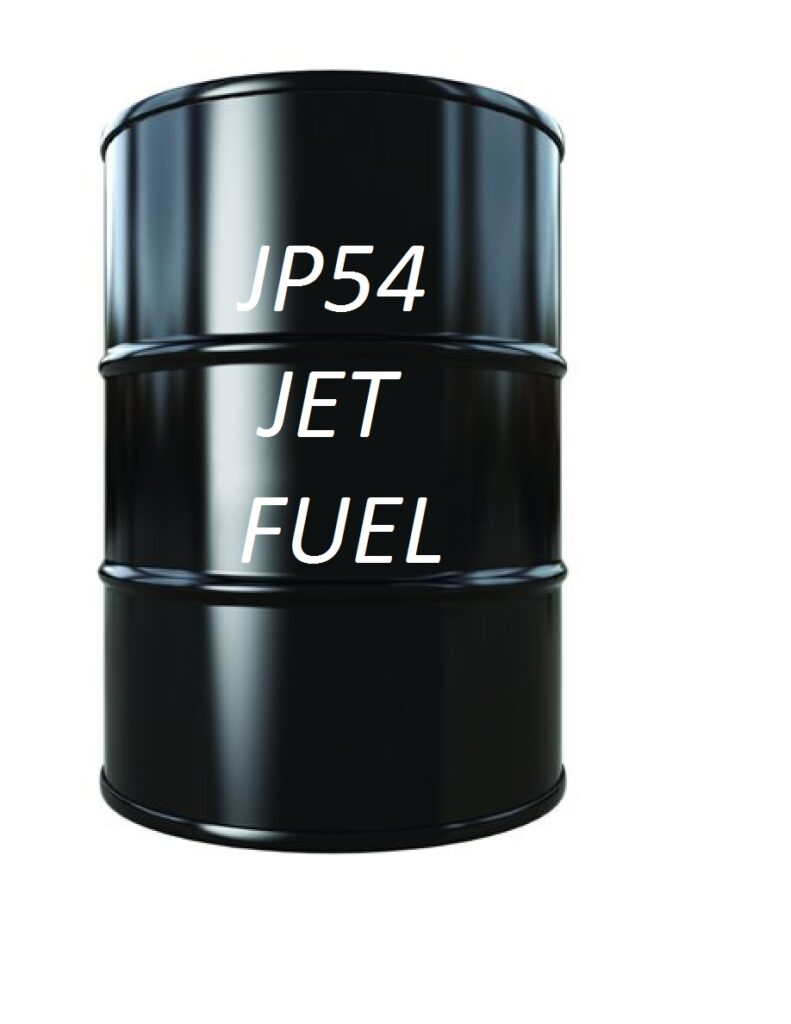
Aviation Jet Fuel A1 Or Aviation Turbine Fuel
Jet fuel, Aviation Turbine Fuel (ATF), or Avtur is a type of fuel designed for use in aircraft powered by gas-turbine engines. It is clear to straw-coloured in appearance. The most commonly used fuels for commercial aviation are Jet A and Jet A-1 which are produced to a standardized international specification. The only other jet fuel commonly used in civilian turbine-engine powered aviation is Jet B which is used for its enhanced cold-weather performance.
Aviation Fuel or Jet fuel is a mixture of a large number of different hydrocarbons. Kerosene-type jet fuel (including Jet A and Jet A-1) has a carbon number distribution between about 8 and 16 carbon numbers (carbon atoms per molecule); wide-cut or naphtha-type jet fuel (including Jet B), between about 5 and 15 carbon numbers.
Aviation fuel or Jet Fuel is a specialized type of petroleum-based fuel used to power aircraft; it is generally of a higher quality than fuels used in less critical applications such as heating or road transport, and often contains additives to reduce the risk of icing or explosion due to high temperatures, amongst other properties.
D6 Bunker Fuel Oil
Also Known As Virgin Fuel Oil / Residual Fuel Oil / Bunker Oil.
D6 Diesel is also known as Residual Fuel Oil / Bunker Fuel Oil , Bunker Oil and is of high-viscosity. This particular fuel oil requires preheating to 220 – 260 Degrees Fahrenheit. D6 is mostly used for generators.
D6 is a type of residual fuel, mainly used in power plants and larger ships. The fuel requires to be preheated before it can be used. It is not possible to use it in smaller engines or vessels/vehicles where it is not possible to pre-heat it. D6 is its name in the USA. In other parts of the world it has other names.
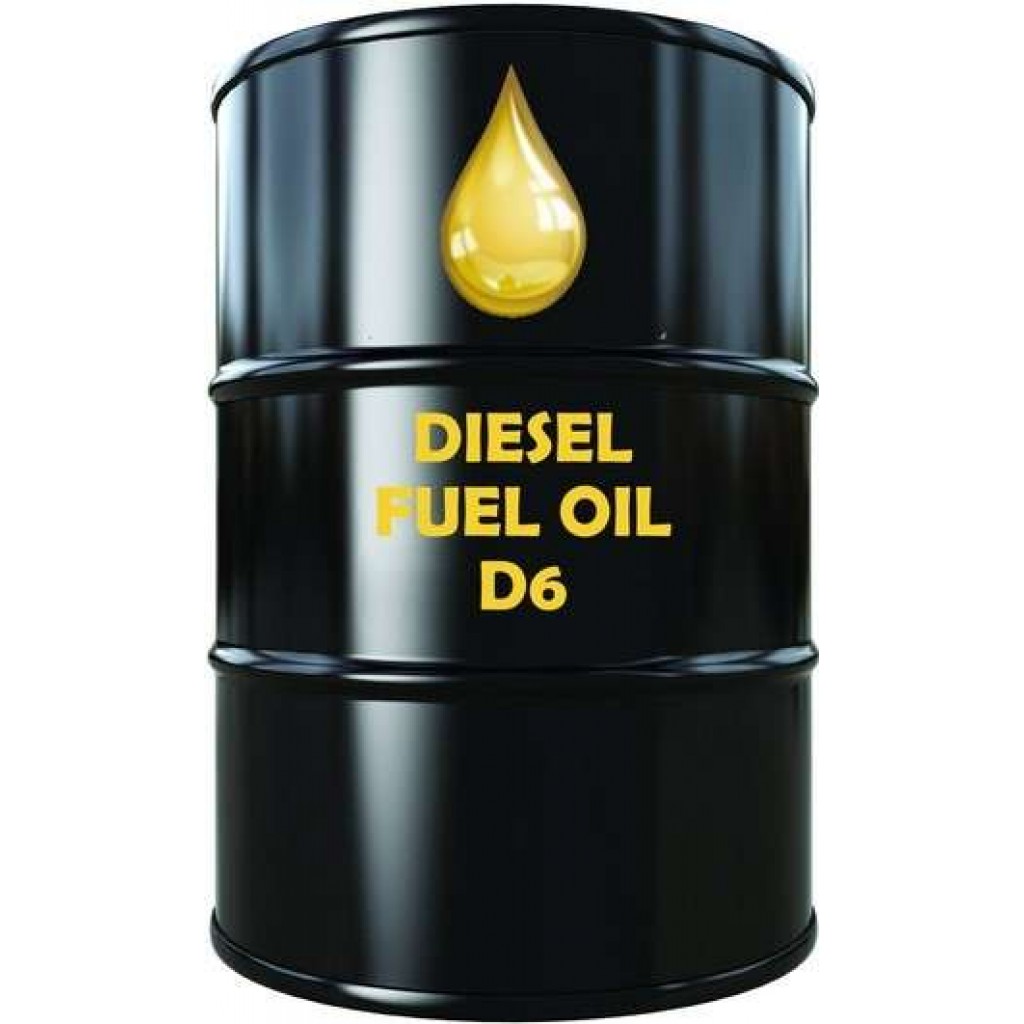
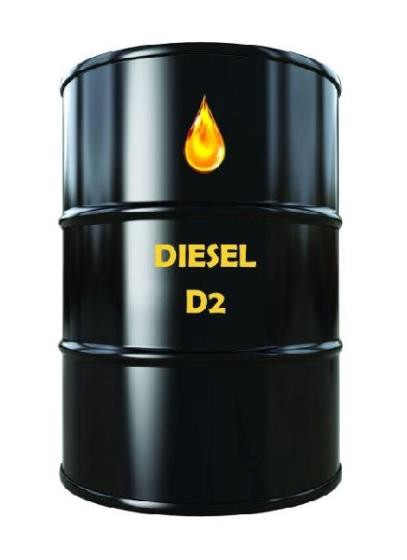
D2 Diesel Gas Oil
Ultra-low-sulfur diesel (ULSD) is diesel fuel with substantially lowered sulfur content. Since 2006, almost all of the petroleum-based diesel fuel available in Europe and North America has been of a ULSD type.
The move to lower sulfur content allows for the application of advanced emissions control technologies that substantially lower the harmful emissions from diesel combustion. Testing by engine manufacturers and regulatory bodies have found the use of emissions control devices in conjunction with ULSD can reduce the exhaust output of ozone precursors and particulate matter to near-zero levels.
Liquefied Natural Gas (LNG)
What is LNG?
Liquefied natural gas (LNG) is natural gas that has been cooled to a liquid state, at about -260°Fahrenheit, for shipping and storage. The volume of natural gas in its liquid state is about 600 times smaller than its volume in its gaseous state. This process, which was developed in the 19th century, makes it possible to transport natural gas to places pipelines do not reach and to use natural gas as a transportation fuel.
For large-volume ocean transport, LNG is loaded onto double-hulled ships, which are used for both safety and insulating purposes. Once the ship arrives at the receiving port, LNG is off-loaded into well-insulated storage tanks, and later regasified for entrance into a pipeline distribution network.
LNG can also be shipped in smaller quantities, usually over shorter ocean distances. There is a growing trade in small-scale LNG shipments, which are most commonly made using the same containers used on trucks and in international trade, specially outfitted with cryogenic tanks. Other small-scale LNG activities include “peak-shaver” liquefaction and storage facilities, which can hold gas compactly for when it is needed in local markets in the U.S. during times of peak demand. LNG is also sometimes imported or exported by truck from this kind of facility.
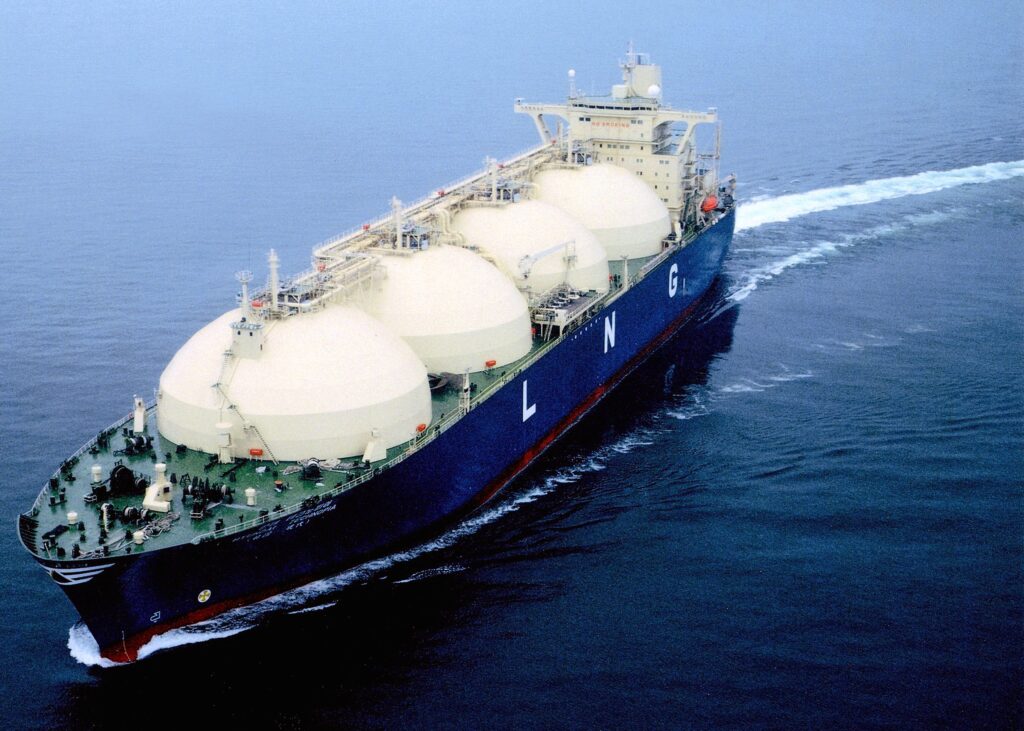
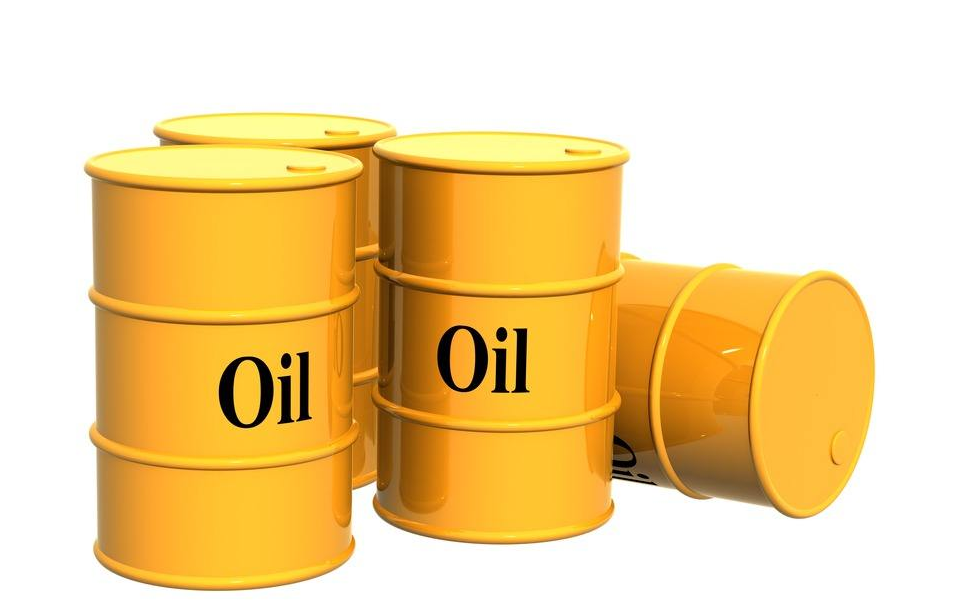
Fuel Oil
Also Known As Heavy Oil, Marine Oil, And Furnace Oil
IFO380 & IFO180 are Max 3.5% Sulfur Bunkers (RME, RMF, RMG, RMH, RMK)
LS380 & LS180 are Max 1.0% Sulfur Bunkers
ULSFO is Max 0.10% Sulfur Fuel Oil for Compliance with 2015 ECA Regulations
MGO is, unless otherwise specified, a Max 1.50% Sulfur “Clear and Bright” Distillate (DMA, DMZ)
LSMGO is Max 0.10% Sulfur Distillate (DMA, DMZ) for Compliance with 2015 ECA Regulations
MDO is Max 1.50% Sulfur Distillate (DMB)
Mazut
HEAVY FUEL OIL
Mazut is a heavy, low quality fuel oil, used in generating plants and similar applications. In the United States and Western Europe, mazut is blended or broken down, with the end product being diesel.
Mazut may be used for heating houses in the former USSR and in countries of the Far East that do not have the facilities to blend or break it down into more conventional petro-chemicals. In the West, furnaces that burn mazut are commonly called “waste oil” heaters or “waste oil” furnaces.
Mazut-100 is a fuel oil that is manufactured to GOST specifications, for example GOST 10585-75 (not active), GOST 10585-99 Oil fuel. Mazut is almost exclusively manufactured in the Russian Federation, Kazakhstan, Azerbaijan, and Turkmenistan. This product is typically used for larger boilers in producing steam since the energy value is high. The most important factor when grading this fuel is the sulfur content, which can mostly be affected by the source feedstock. For shipment purposes, this product is considered a ”dirty oil” product, and because viscosity drastically affect whether it is able to be pumped, shipping has unique requirements. Mazut is much like Number 6 Oil (Bunker C), and is part of the products left over after gasoline and lighter components are evaporated from the crude oil.
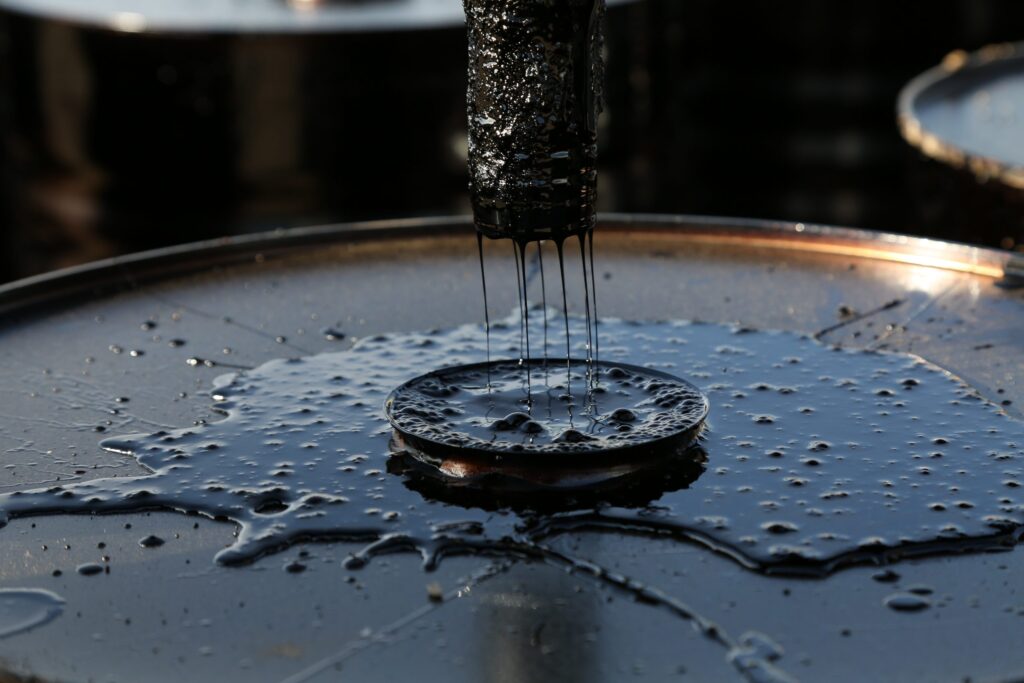
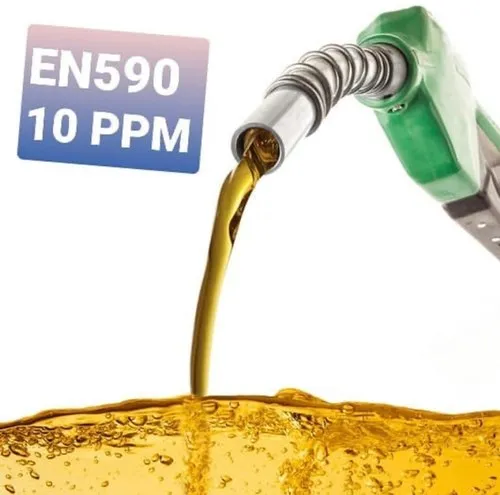
EN-590 Diesel (Ultra Low Sulpher Diesel)
EN590 describes the physical properties that all automotive diesel fuel must meet if it is to be sold in the European Union, Croatia, Iceland, Norway and Switzerland.
The EN 590 had been introduced along with the European emission standards. With each of its revisions the EN 590 had been adapted to lower the sulphur content of diesel fuel – since 2007 this is called ultra low sulphur diesel as the former function of sulphur as a lubricant is absent (and needs to be replaced by additives).
The quality of European diesel fuels is specified by the EN 590 standard. While these specifications not are mandatory, they are observed by all fuel suppliers in Europe.
Crude Oil
What is Crude Oil and what are the available types
Crude oil is a naturally occurring, unrefined petroleum product composed of hydrocarbon deposits and other organic materials. A type of fossil fuel, crude oil can be refined to produce usable products such as gasoline, diesel and various forms of petrochemicals. It is a nonrenewable resource, which means that it can’t be replaced naturally. Crude oil is typically obtained through drilling, where it is usually found alongside other resources, such as natural gas (which is lighter, and therefore sits above the crude oil) and saline water (which is denser, and sinks below). It is then refined and processed into a variety of forms, such as gasoline, kerosene and asphalt, and sold to consumers.
Although it is often called “black gold,” crude oil has ranging viscosity and can vary in color from black and yellow depending on its hydrocarbon composition. Distillation, the process by which oil is heated and separated in different components, is the the first stage in refining.
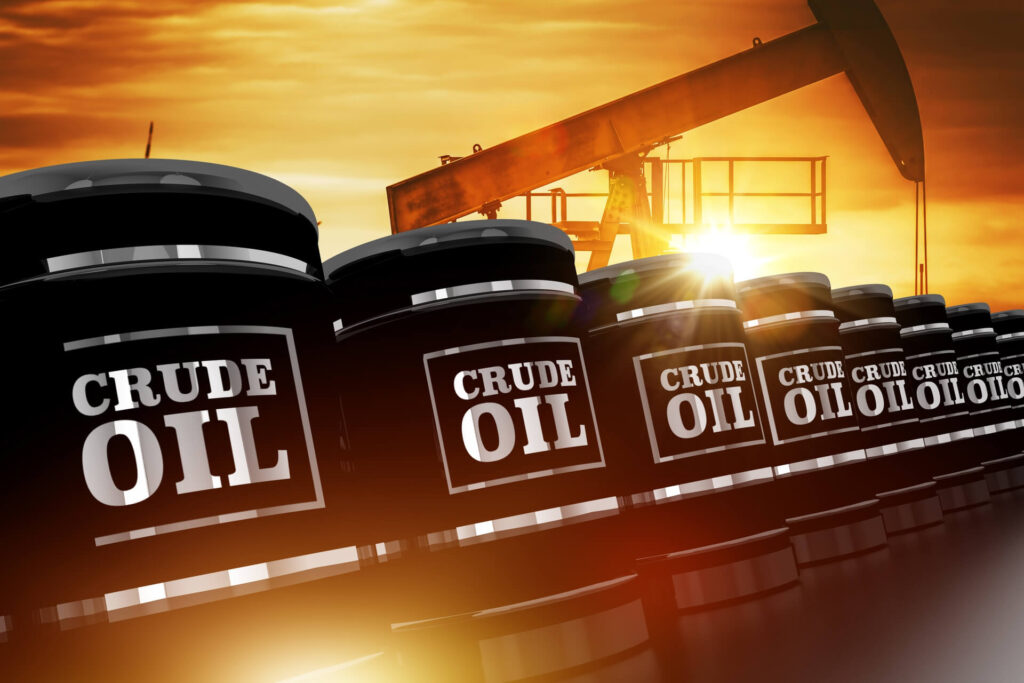
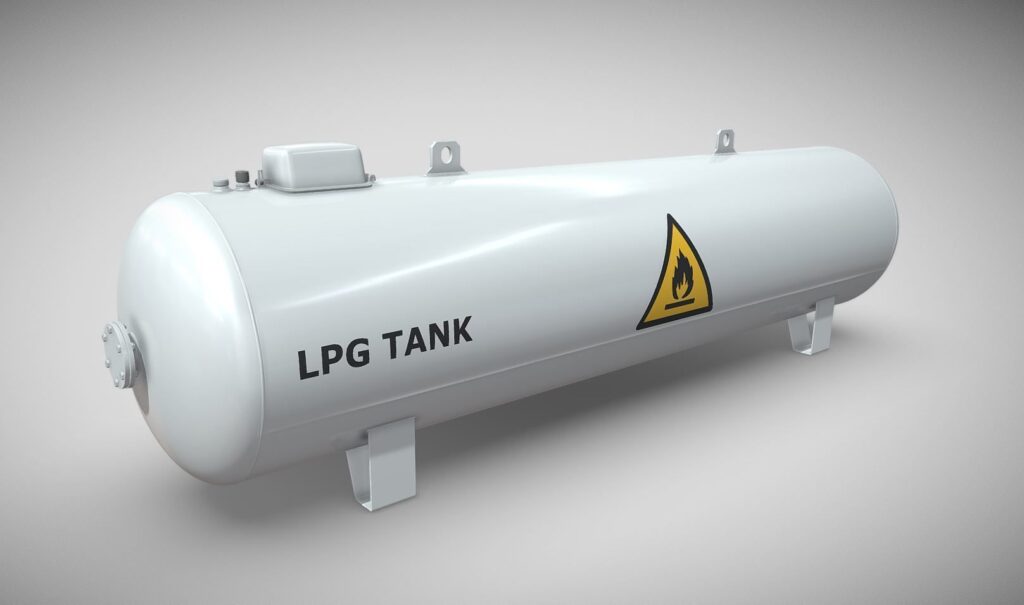
Liquefied Petroleum Gas (LPG)
Liquefied petroleum gas or liquid petroleum gas (LPG or LP gas), also referred to as simply propane or butane, are flammable mixtures of hydrocarbon gases used as fuel in heating appliances, cooking equipment, and vehicles.
It is widely used alternative fuel. It has substantial reserves due to its dual origins from natural gas processing and crude oil refining. Liquefied Petrol Gas (LPG) powered passenger cars have about 10% lower tailpipe CO2 emission than comparable gasoline powered cars. When compared to a diesel car, there is no significant CO2 emission reduction per km driven; however, LPG powered vehicles do have substantially lower NOx emissions than diesel powered vehicles.
Petroleum Coke
Petroleum coke, abbreviated coke or petcoke, is a final carbon-rich solid material that derives from oil refining, and is one type of the group of fuels referred to as cokes. Petcoke is the coke that, in particular, derives from a final crackingprocess—a thermo-based chemical engineering process that splits long chain hydrocarbons of petroleum into shorter chains—that takes place in units termed coker units. (Other types of coke are derived from coal.) Stated succinctly, coke is the “carbonization product of high-boiling hydrocarbon fractions obtained in petroleum processing (heavy residues).” Petcoke is also produced in the production of synthetic crude oil (syncrude) from bitumen extracted from Canada’s oil sands and from Venezuela’s Orinoco oil sands.
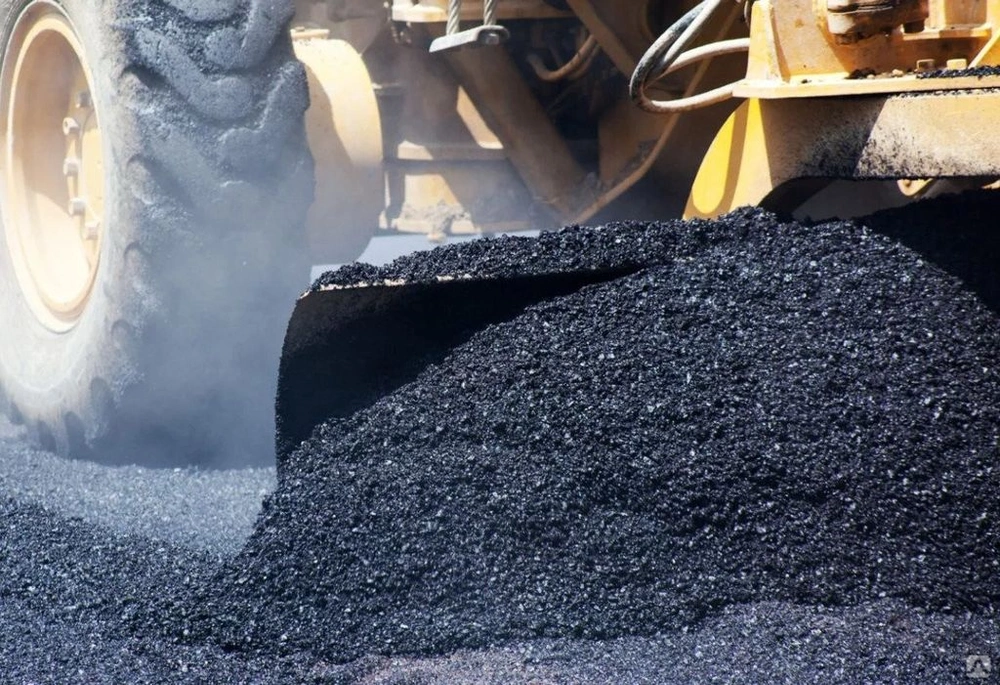
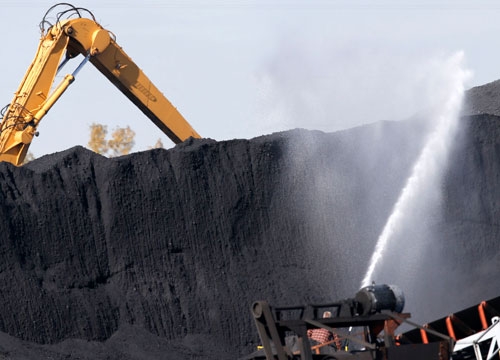
Bitumen or Asphalt
It is a sticky, black, and highly viscous liquid or semi-solid form of petroleum. It may be found in natural deposits or may be a refined product, and is classed as a pitch. Before the 20th century, the term asphaltum was also used.
The primary use (70%) is in road construction, where it is used as the glue or binder mixed with aggregate particles to create asphalt concrete. Its other main uses are for bituminous waterproofing products, including production of roofing felt and for sealing flat roofs.
